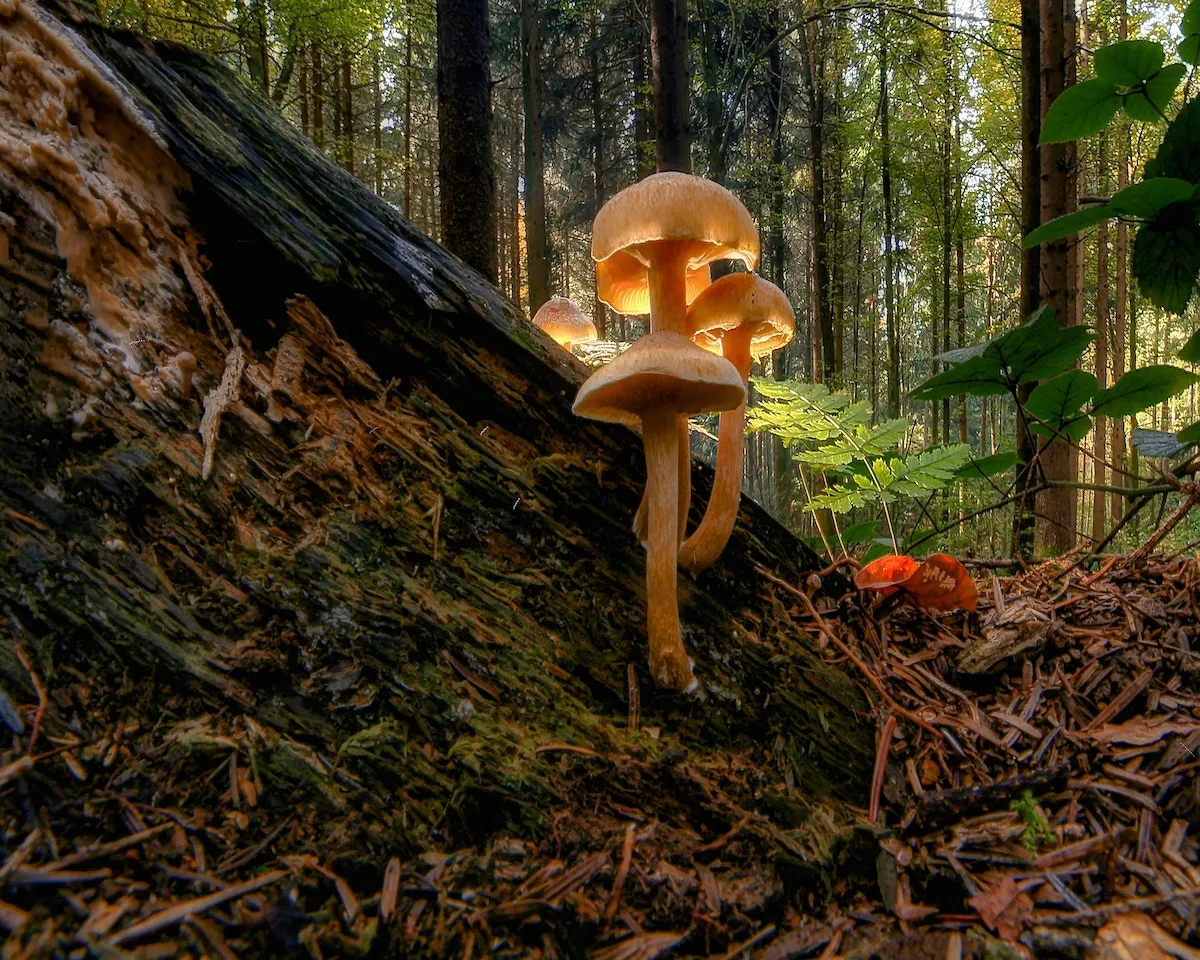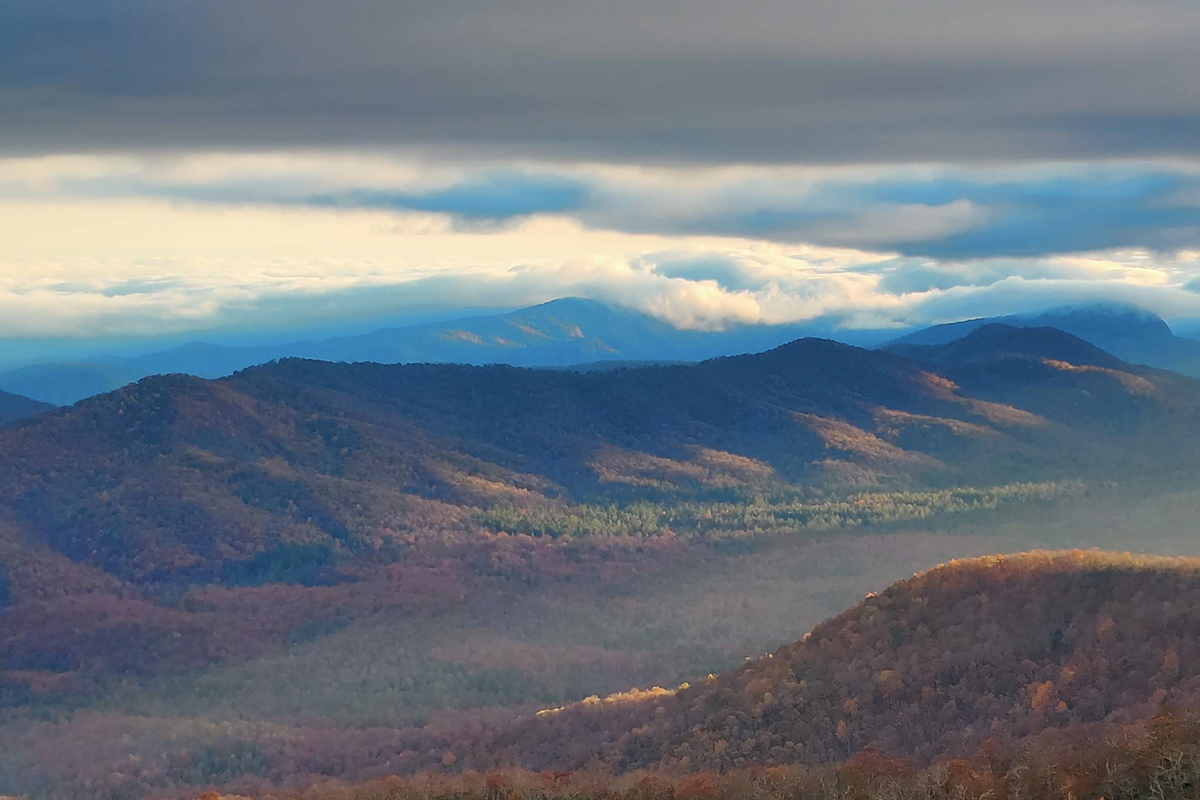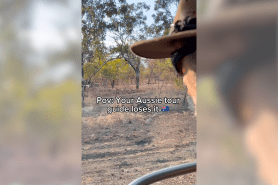

While learning how to identify mushrooms is key to safely foraging them, knowing where you’re actually allowed to pick them can help keep you out of trouble with the law. After all, many public lands strictly prohibit the harvesting of mushrooms. Fines can reach up to $500 in some parks, and, in some cases, you can even be banned from visiting said forest again. Not to mention, it could be a bit embarrassing dealing with an upset ranger.
Videos by Outdoors
The good news is that there are tons of places that do allow foraging for wild mushrooms; it’s just about knowing where to look. For example, mushroom picking is allowed on the almost 200 million acres of national forest land in the United States. Depending on where you are living, there may be other city, county, or state lands that also allow the picking of mushrooms.
Where Can You Legally Pick Mushrooms?

Laws regarding mushroom picking are different everywhere. They vary state by state, county by county, and from one national forest to another. For this reason, it is important to investigate your local laws and regulations.
Consider that even within public lands that allow mushroom picking, there may be special conservation areas that are off limits to mushroom picking. Also, certain specialty mushrooms, such as truffles and matsutake, may have additional regulations regarding their harvest. In rare cases, there may be seasonal regulations in place.
U.S. National Forests (Allows Mushroom Picking)

U.S. National Forests offer the greatest area of land where you can legally pick mushrooms. That said, every national forest has distinct laws regulating the practice. Some allow you to pick up to 5 gallons with no strings attached, while others require you to stop in the rangers’ office and request a permit. Personal-use permits are often free or less than $10, while commercial permits cost $20-$100. If you plan to collect in various national forests, you may have to get a permit for each one. Some national forests allow you to obtain a personal-use permit calling the office ahead of time. Here is a list of U.S. National Forests with links to their websites, where you can find more information.
Bureau of Land Management Land (Allows Mushroom Picking)

Bureau of Land Management (BLM) lands offer the second-largest area of public lands where you can harvest mushrooms. In most BLM lands, harvesting is limited to 1 gallon of mushrooms per person per day. Commercial picking is also prohibited on most BLM lands. Laws on BLM land may vary, so it’s best to contact your local BLM office to find out the regulations in your region.
National, State, County, and Regional Parks (Occasionally Allows Mushroom Picking)

There are many parks across the U.S. that allow mushroom picking, but the exact regulations vary from state to state and from park to park. Generally speaking, though, parks tend to have the strictest regulations when it comes to mushroom picking. For example, the National Parks System (NPS) tends to prohibit almost all foraging activities. Some exceptions include Mount Rainier National Park and Point Reyes National Seashore, which is managed by the NPS. (Here is a list of four national parks that allow foraging.)
State parks tend to be a bit more mushroom-foraging friendly, depending on where you are located. Many parks allow 1-2 gallons of mushrooms per person per day without a permit. Some mushroom-friendly state park systems include those of Ohio, Wisconsin, Oregon, Washington, South Carolina, and Illinois, among many more. California State Parks has some of the least-friendly mushroom-foraging laws and largely prohibits the activity. When it comes to county or regional parks, there is no generalization to be made. In these cases, you simply need to investigate it online or contact the parks directly.
Other Public Lands (Hit or Miss for Mushroom Picking)

There are often publicly owned lands that exist outside of the categories mentioned above. These may be city lands, county lands, or simply state forests that aren’t parks or recreation areas. These can be great places to forage mushrooms, although you should investigate with your local governing body as to the regulations.
Private Lands (Permission Required for Mushroom Picking)

In the United States, mushroom picking is only allowed on private lands with permission from the landowners. If you don’t know any landowners, an excellent place to inquire is with your local logging company. They may offer permits or simply give you the green light for asking kindly. Also, if you see a giant flush in someone’s front yard, it may not hurt to simply ring the doorbell and ask if you can forage there.
When in Doubt, Ask

If you have any doubts about the legality of foraging and picking mushrooms in your area, the best thing you can do is simply ask. When you do, rangers and agency workers may also be able to give you tips on exactly where to go. I’ve been given leads on epic spots a handful of times by rangers who know the forests like the back of their hands. This sort of information is invaluable to mushroom hunters and can save you hours, if not days, of searching. Stay safe, and best of luck out there in the woods.










Pingback: Legal Considerations and Ethics of Mushroom Foraging - Buy Organic Mushroom Online
Pingback: What Can You Pick From City Parks? - cityharvesting.com
Pingback: Where Can You Pick Mushrooms in City Parks? - cityharvesting.com
Pingback: Find and Identify City Mushrooms: A Forager’s Guide - cityharvesting.com